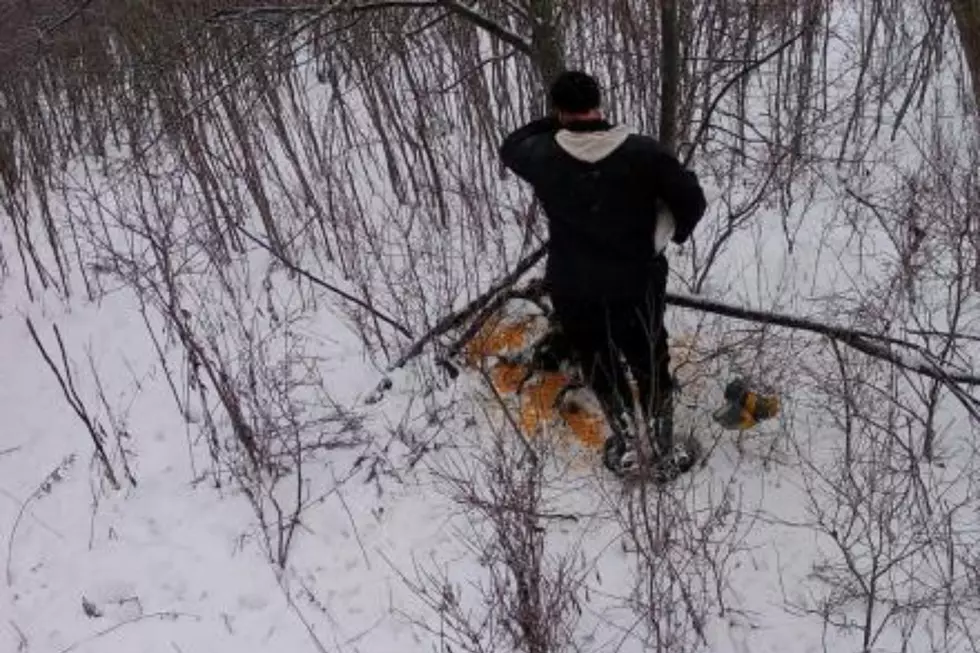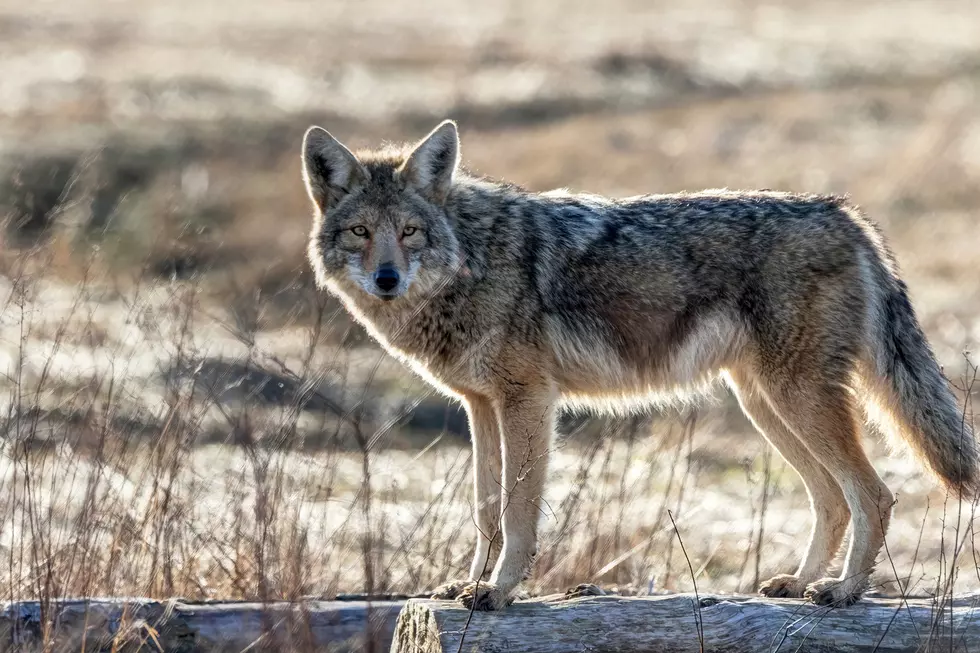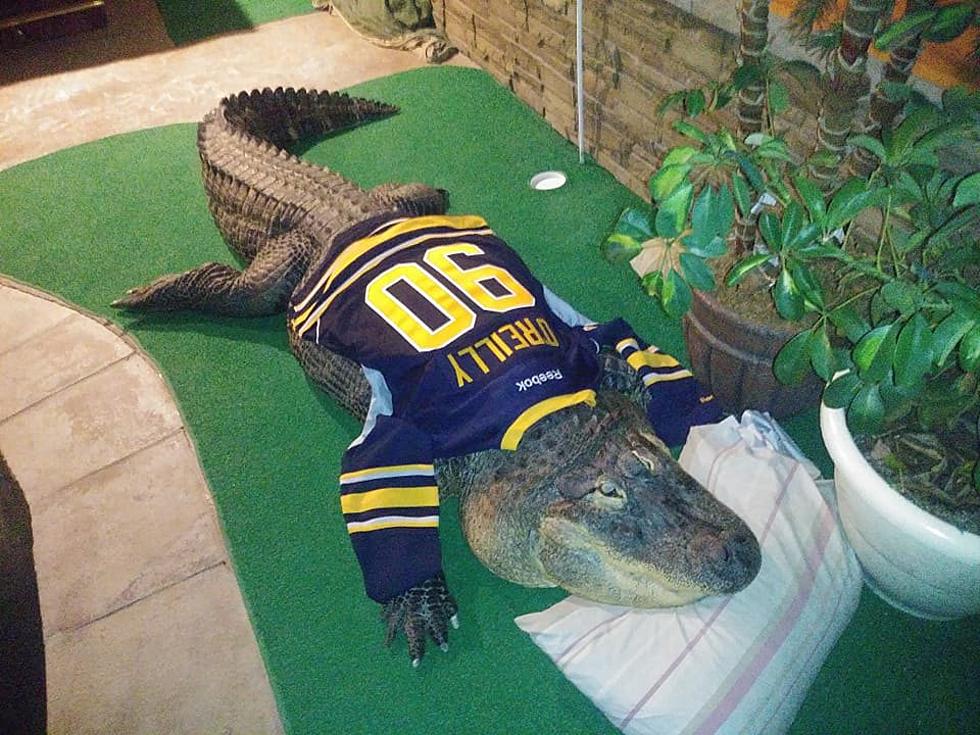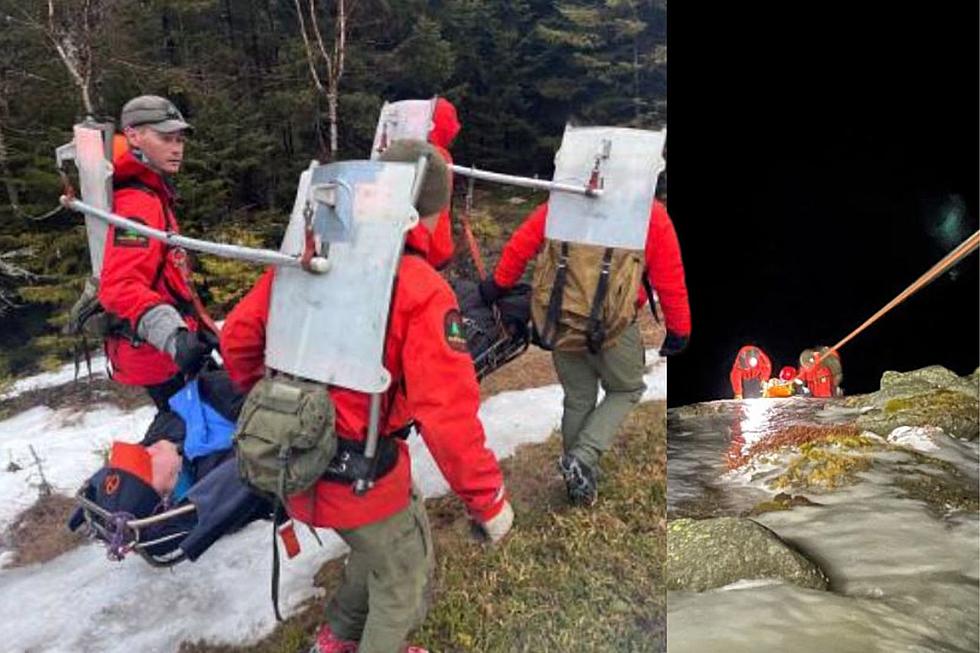
Dry Weather Will Bring Pest Problems to CNY Farm Fields – Ag Matters
As we roll the calendar into August forecasters are predicting a dry run of weather. Cornell Cooperative Extension specialists say this could increase Potato Leaf Hoppers in hay fields and Soybean Aphids.
Potato leaf hopper numbers have been increasing recently. 6-10 PLH in newly harvested fields, 40-50 in mature alfalfa stands (flowering) and 20s in 5-6” tall new seeding under oats.
PLH can reduce yield by as much as 1/2 ton per acre and also reduce the protein content of your hay. Because PLH shuts down some of the plants foliage it can reduce root reserves and make the alfalfa more prone to winter injury. It is one of the most significant pests of alfalfa in our area.
If you see leaf hopper burn you have already lost yield and quality, (the leaf tip is yellowing or purling of the leaflet.) The only way to prevent loss is to scout fields regularly and that means sweeping your alfalfa fields. You start by purchasing or making a sweep net that is 15” in diameter. You swing the net as you are walking forward in the stand I the top 3” of the sward, snap the net down once to get all the insects in the bottom of the net and grab the net just below the hoop to keep everything in the net. Push the net upward through the hoop and start unraveling the net counting PLH as they fly out of the net. Do this at a minimum of 3 locations and keep a running count of PLH. Compare this number to the chart to determine if you are over the economic threshold.
Soybean aphids have been spotted in local fields at very low levels (6 aphids/plant). The method of scouting for soybean aphid is to walk into fields, pick a plant and methodically examine the leaf, flip it over and count the number of aphids on all of the leaves on an individual plant. Repeat the procedure on 2-3 plants at that location. Move to another part of the field and repeat the procedure. Do this at a minimum of 4 locations in the field. If you are averaging 250 aphids per plant, the number of aphids have increased from the last visit and there is little evidence of any predators like lacewings or ladybird beetles controlling the aphids then you should consider applying a labelled pesticide.
Here are more details on scouting for Potato Leaf Hopper and Soybean Aphids
SOURCE: Cornell Cooperative Extension
More From Big Frog 104









